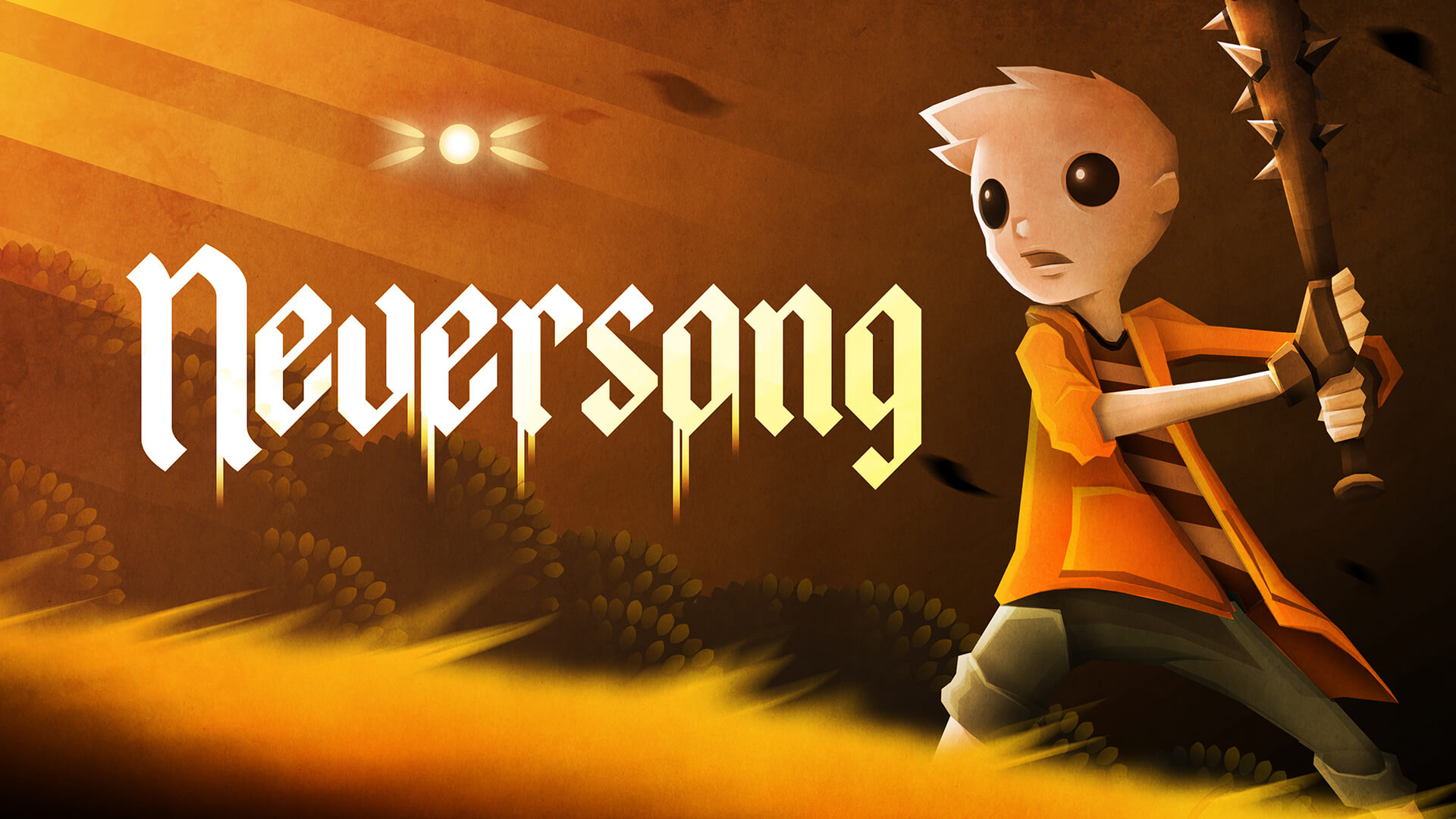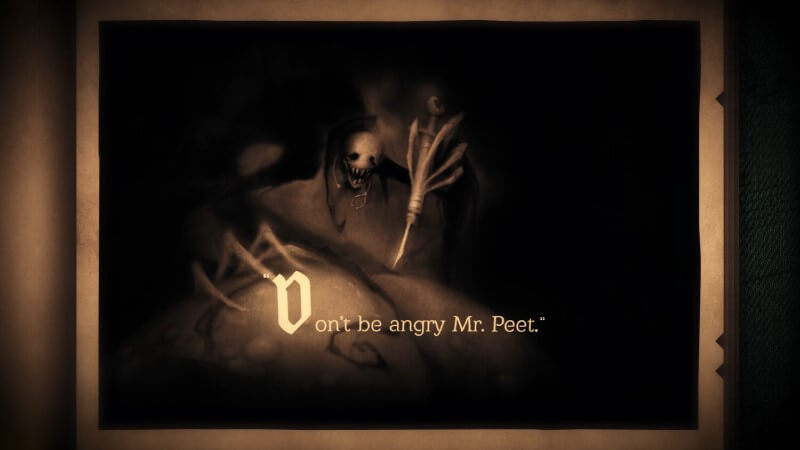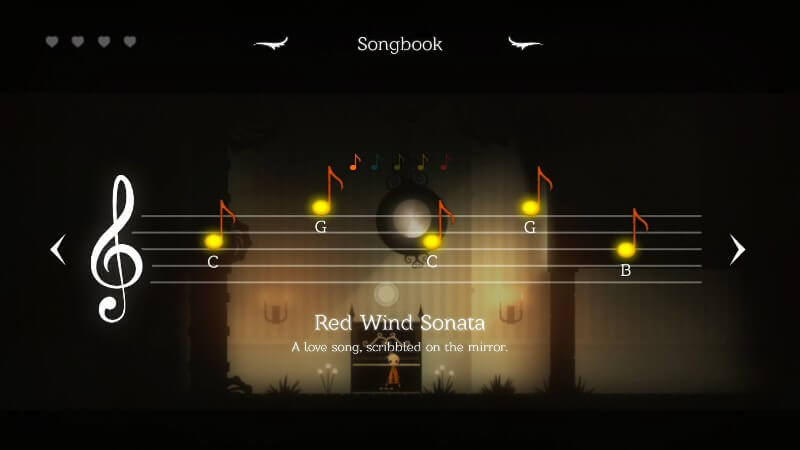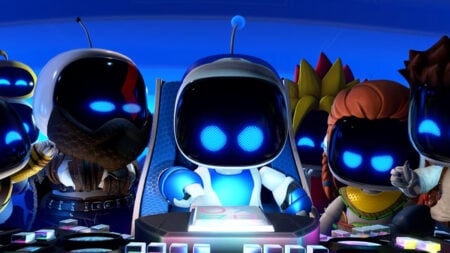Title: Neversong
Developers: Atmos Games, Serenity Forge
Publisher: Serenity Forge
Genre: Platformer
Official Site: Atmos Games/Coma
Available on: iOS and PC
Tested on: PC
Release Dates: May 1, 2020 (Apple Arcade); May 20, 2020 (Steam)
…Into a Coma, He Fell
Formerly known as Once Upon a Coma, Neversong follows the disturbing journey of a boy named Peet, who awakens to find his surroundings quite different and not so neat. He steps outside and all has changed, his girlfriend has been kidnapped and the adults have turned deranged. Screams echo and monsters lurk throughout, while the children run free in the midst of a nightmare fallout. Armed with a bat and accompanied by a bird, it’s up to Peet to face the darkness and all forms of the afeard.
Developed by Thomas Brush of Atmos Games with coding assistance from Serenity Forge, this indie platformer runs through trials of terror displayed in puzzles, boss battles, and character interactions. You’ll scroll back and forth as you gather more supplies to help you on your mission to find Wren, Peet’s love and the kidnapped child of a sleep paralysis cacodemon known as Dr. Smile.
The adults of Red Wind Village are nowhere to be found, leading the children to go out and be free. Upon waking up from a coma, Peet races to rescue Wren, and the suspicion leads to the mysterious and ill-looking Blackfork Asylum.
A New Nightmare in Neversong
Neversong offers a more simplistic play style for its engaging and thought-provoking gameplay. There are merely a few keys to memorize, and the world is small yet packed with moody levels that make each one look more haunting than the last. What’s really rewarding is how consistent and polished it all looks and feels: its gloomy atmosphere is complemented well with easy controls and addictive activities of jumping, fighting, and even skateboarding.
The platforming mechanics work smoothly, and they’re fairly facile to get accustomed to when you’re trying to figure out the next puzzle. It’s the game’s main focus of action, where you’ll soon see yourself swinging from a vine, launching off, and whipping out your skateboard as you either strike or evade your enemies. Although there are a couple bugs that could hinder the overall experience (e.g. the autosave animation of Peet running won’t go away on some occasions, but it can be fixed by quitting the game and jumping right back in; platforming onto areas that aren’t meant for the player could cause a transition delay in-between moving from one room to the next), none of them seem to “make or break” the game. I’m certain with a couple of updates these can be remedied, but there are worth noting if a player were to run into one or two.
There are also collectible portraits you can find throughout the game that display each peculiar character. The other collectible consists of songs that are taken from fallen bosses, which allow you to play on Wren’s piano that will unlock useful tools for Peet’s journey – a mechanic that rings familiar bells to the Ocarina of Time from The Legend of Zelda.
Symphonic Resonance
The music of Neversong plays a major role in the game’s narrative and musical composition. Featuring a piano-centric soundtrack and composed by Brush himself, nearly every aspect from the tunes that can be played and listened to while scrolling through the land is wonderful and all-around therapeutic. There’s a special aesthetic when the soft piano keys are being played as you casually scope the strange land. Just the way the wind blows against the fields adds a level of peace that’s greatly appreciated amidst the game’s darker themes. Even the epic boss battles that incorporate more than the piano are worth revisiting even after the credits begin to roll.
Along with the music, the audio design sounds remarkable. Every item chime, attack strike, and reactive dialogue make for a great round of splendid platforming. The voice actors perform a solid effort of making their lines sound strange and unhinged, along with maintaining a more innocent vibe for when it comes to the children of the town in-between the crazed adults, monsters, and distorted noises.
Bittersweet Serenity of Neversong
Avoiding any big spoilers here, Neversong is a story of youthful innocence, hope, loss, and loneliness. Intertwined with a fairy tale narration reminiscent of Dr. Seuss books, we’ll follow Peet as he almost single-handedly works to get Wren back. It’s a mental and physical endeavor for the hero of this tale, haunted by the effects of the coma and the dangers that walk in-and-out of the village. As you obtain more songs, the game will continually peel back layers of storytelling that will keep one guessing what the ending will consist of. And I honestly wish I could talk more about the game’s deeper meaning because there’s a beautiful quality in the writing of Neversong, but I’m intentionally leaving out the bigger stuff just so that the player can experience the game and take it in for themselves in lieu of spoiling.
I will say that I kept thinking about Neversong long after I completed my four-hour run. It doesn’t happen very often that a short indie title makes me think and ponder on my own feelings and so on. I was moved by the character of Peet, and I only wanted more out of the game due to its brilliance in art direction and narrative style.
Verdict: There are many words that I can use to describe Neversong, and I believe memorable might be the most fitting one. With its gorgeous musical score, slick side-scrolling action, evocative and spooky writing, mystifying art style, and amusing puzzles, I can’t seem to wipe away the images the title has etched into my memory. For such a short game, I was quick to develop an interest in its design and ultimate delivery. I only hope that Thomas Brush comes up with more intriguing concepts to further explore into, especially with ones that deal with mental instabilities and overcoming them that can be told within a single game.
[review]













